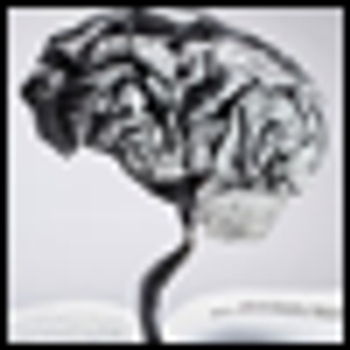
their silver bodies glinting in the twilight . . . like shards of broken glass, wing-tip lights . . . flashing like towers on tall buildings

their silver bodies glinting in the twilight . . . like shards of broken glass, wing-tip lights . . . flashing like towers on tall buildings

The proposed Conditions of Participation (CoPs) from Medicare for community mental health centers (CMHCs) could expand the role and responsibilities of psychiatrists both in and beyond Medicare facilities.

Addressing the Underlying Causes of Treatment Resistance

Cognitive-behavioral therapy, interpersonal psychotherapy, or antidepressants can be effective treatments for major depression-despite their minimal separation from placebo/control therapies in clinical trials. This article argues that their specific efficacy has not been established.

The Alzheimer’s Association announced in July that the FDA had accepted its recommendations to modify exclusion and monitoring criteria for clinical trials of agents that affect β-amyloid protein in the brain.

In my view, Dr Angell’s assertions reflect both a serious misunderstanding of psychiatric diagnosis, and-equally important-a failure to address the core philosophical issues involved in her use of the terms “subjective,” “objective,” “behaviors,” and “signs.”

On Safety, Efficacy-and Financial Incentives

Anxiety disorders are a frequent occurrence in pregnancy. While some worries and anxiety are experienced by more than 50% of pregnant women, a full-blown anxiety disorder involves risk to both mother and fetus and increases the risk of postpartum depression.

Anxiety disorders occur in 18% to 28% of the US general population during any 12-month period. In anxiety disorder, there is a 33% to 45% 12-month prevalence rate for a comorbid substance use disorder (SUD).

In this article, we attempt to leverage state-of-the-art research findings to provide empirically informed perspectives and practices related to these issues.

Exposure-based therapies are highly effective for patients with anxiety disorders, to the extent that exposure should be considered a first-line, evidence-based treatment for such patients. In clinical practice, however, these treatments are underutilized, which highlights the need for additional dissemination and training.

Treatment of anxiety can be a challenge, since the mainstay of treatment may adversely affect the course of bipolar disorder.